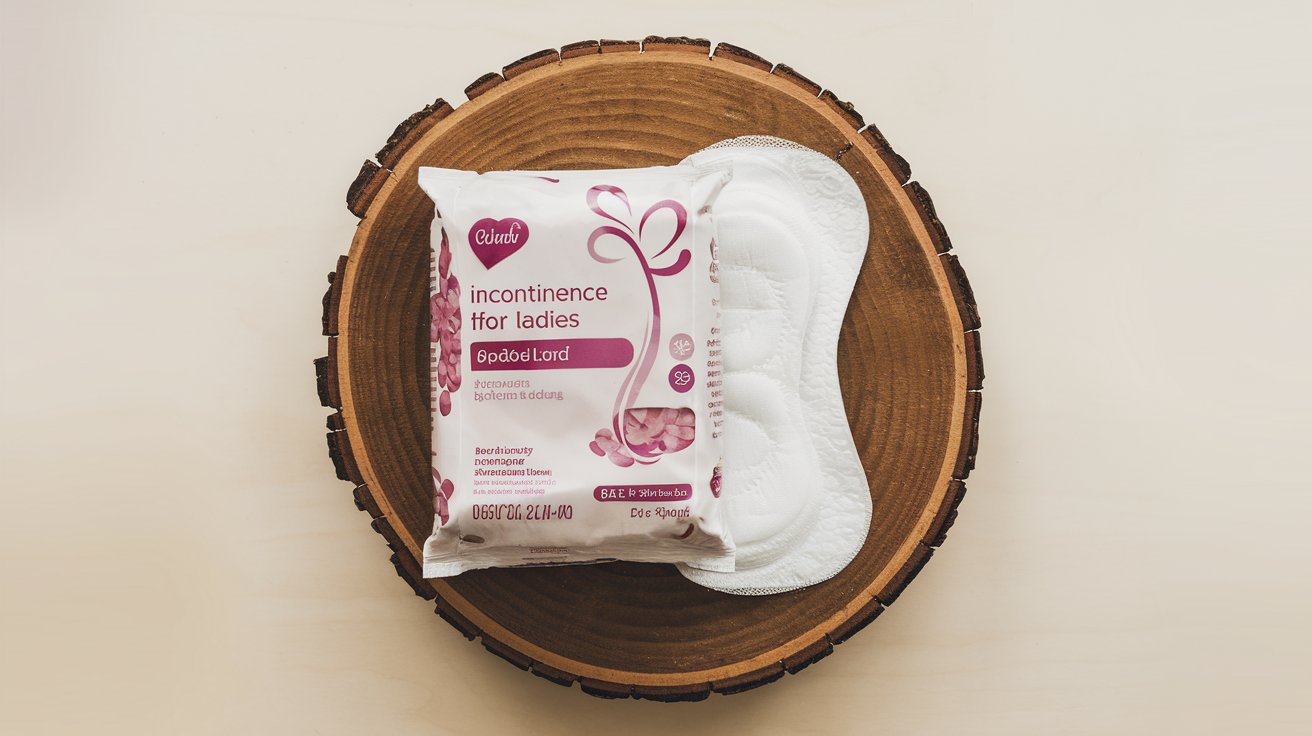Introduction
Millions of women worldwide suffer from the prevalent ailment known as incontinence. A number of factors, including as age, pregnancy, delivery, menopause, or underlying medical conditions, can cause it. Although managing incontinence might seem daunting, there are practical strategies to keep an active, self-assured lifestyle. Incontinence pads are among the most important goods for women who struggle with incontinence. Because of the comfort, secrecy, and protection these carefully made pads offer, ladies may go about their everyday lives worry-free.
We will go over all you need to know about female incontinence pads in this extensive tutorial. We’ll go over the many kinds of incontinence pads, how to pick the best one, their advantages, how to use them correctly, and other helpful hints for successfully controlling incontinence.
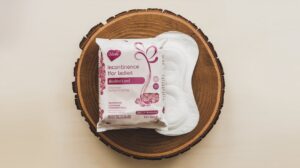
Comprehending Female Incontinence
Female Incontinence Causes
Women’s incontinence can result from a number of causes, such as:
Bladder control may be weakened during pregnancy and delivery due to the tension on the pelvic floor muscles.
Menopause: Changes in hormones, especially a drop in estrogen, might affect how well the bladder works.
Aging: Women are more susceptible to incontinence when their bladder’s supportive muscles deteriorate with age.
Temporary loss of bladder control can result from urinary tract infections.
Obesity: Carrying too much weight can strain the muscles in the pelvis and bladder, causing leaks.
Medical Conditions: Urinary incontinence can be caused by diabetes, neurological problems, and other health conditions.
Urinary Incontinence Types
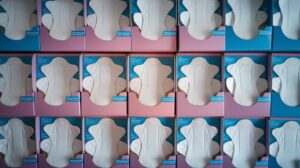
Urinary incontinence comes in several forms, such as:
Stress incontinence: This condition happens when the bladder is compressed as a result of coughing, sneezing, laughing, or exercising.
need incontinence is the involuntary leaking that follows a sudden, intense need to urinate.
Overflow Incontinence: Urine frequently drips from the bladder because it does not drain entirely.
Functional incontinence is the inability to promptly use the restroom due to physical or mental difficulties.
Combining two or more forms of incontinence, usually urge and stress incontinence, is known as mixed incontinence.
Incontinence pads: What Are They?
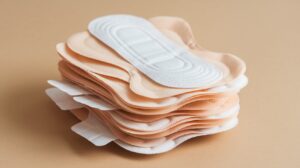
In order to control urine leaks, incontinence pads are absorbent pads. Their design, absorbency, and odor-control capabilities set them apart from menstruation pads. Women may continue to lead active lives because to these pads’ protection, comfort, and secrecy.
The Differences Between Menstrual and Incontinence Pads
Since urine runs more swiftly than menstrual blood, it is made to have higher absorbency.
Odor Control: Urine odor can be eliminated with the use of certain materials.
Rapid Absorption: This technology keeps the skin dry and stops leaks.
Anatomical Fit: Better comfort and protection are guaranteed by contoured forms.
Types of Female Incontinence Pads
1. Pads that absorb light
Ideal for ladies who sometimes dribble or leak light, this product is frequently used to treat stress incontinence.
2. Pads with Moderate Absorbency
Perfect for ladies with moderate urge incontinence or regular leaks.
3. Pads with high absorbency
intended for those who require rehabilitation from surgery or have significant incontinence.
4. Pads for Overnight
For longer periods of time, offer additional protection to guarantee a good night’s sleep free from leaks.
5. Incontinence Pads That Can Be Reused
choices that are washable and eco-friendly for people that value sustainability.
6. Incontinence pads that may be thrown away
Easy-to-use, single-use pads that provide optimal protection with no upkeep.
Selecting the Appropriate Incontinence Pad
Take into account the following elements while choosing an incontinence pad:
1. Level of Absorbency
To select the appropriate absorbency level, assess the degree of your incontinence.
2. Fit and Size
Pads are available in a variety of forms and sizes. Select a pad that offers complete covering and fits your body comfortably.
3. Features for Odor Control
If you want to feel fresh all day, look for pads with odor-neutralizing technology.
4. Skin-Friendliness
To avoid rashes and irritation, use pads composed of supple, breathable fabrics.
5. Intuition
Lightweight, thin pads offer good protection and are perfect for secrecy.
6. Reviews and Brand
Find the finest incontinence pads for your requirements by reading customer reviews and researching reliable companies.
Appropriate Use and Care
Use these best practices to get the most out of incontinence pads:
1. Replace pads on a regular basis Alter your pad as necessary to keep things hygienic and avoid irritating your skin.
2. Verify Fit A properly fitting pad improves comfort and stops leaks.
3. Wear with Undergarments That Support For added security, certain incontinence pads are made to be used with certain protective undergarments.
4. Preserve the Health of Your Skin After every change, carefully cleanse the skin and use barrier creams to avoid irritation.
5. Get Rid of Pads Correctly To keep things clean and avoid smells, dispose of disposable pads in a sanitary manner.
Extra Advice on Handling Incontinence
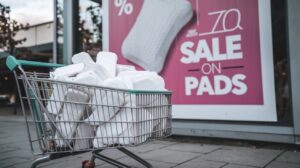
Although incontinence pads work well to reduce leaks, changing one’s lifestyle can also assist manage symptoms.
1. Kegel exercises for the pelvic floor
Enhancing bladder control and lowering the frequency of leaks can be achieved by strengthening the pelvic muscles.
2. Keep Your Weight in Check
The strain on the pelvic and bladder muscles might be lessened by losing extra weight.
3. Track Fluid Consumption
It’s important to drink adequate water, but stay away from excessive alcohol and caffeine since these might irritate the bladder.
4. Training for the Bladder
By planning toilet breaks and progressively lengthening the intervals between them, you may train your bladder.
5. Speak with a Medical Expert
Consult a doctor to discuss treatment options such medication, physical therapy, or surgery if incontinence continues.
In conclusion
Women’s incontinence pads provide a dependable way to stop leakage and pain from this widespread but treatable ailment. Women may select pads that meet their needs and preserve their self-esteem and freedom because to the wide range of absorbency levels, styles, and features available.
Women may successfully manage incontinence and have active, worry-free lives by choosing the appropriate incontinence pad, using it as directed, and changing their lifestyle. Urinary leaks are a common problem for millions of women, so know that you’re not alone and that there are remedies to help you restore confidence and control.
Would you want further details about available treatments or suggestions for the top brands of incontinence pads? Tell us!

